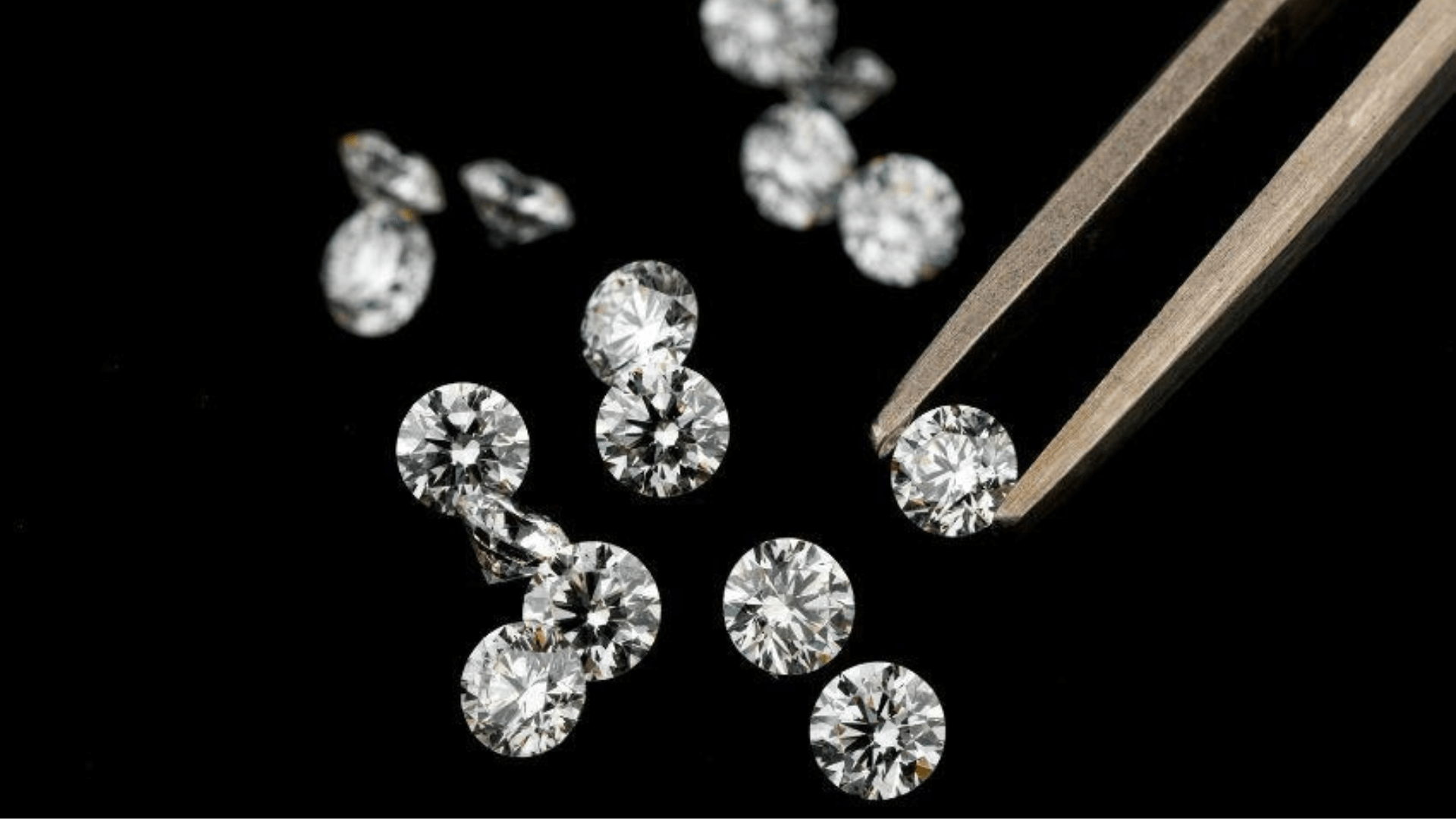Laboratory diamonds are becoming increasingly popular as a more sustainable and affordable alternative to mined diamondsThese diamonds are created in controlled environments that replicate the natural conditions under which diamonds form in the Earth’s crustWhile they may share the same chemical composition and physical properties as mined diamonds, laboratory diamonds are produced using advanced technologies that accelerate the growth processIn this article, we will delve into how they grow laboratory diamonds, the methods involved, and why these diamonds are becoming a preferred choice for many consumers.
Table of Contents
The Science Behind Laboratory Diamonds
To understand how they Cómo cultivan dioamntes de laboratorio, it is important to first look at the science behind diamond formationDiamonds are made of carbon atoms arranged in a crystal lattice structureUnder extreme pressure and high temperatures, carbon atoms bond together to form a diamondNaturally, this process takes millions of years deep within the Earth’s crustHowever, in a laboratory, scientists have found ways to replicate these conditions in a fraction of the time, producing diamonds in a controlled and predictable manner.
Laboratory diamonds are made using two primary methods: High Pressure High Temperature (HPHT) and Chemical Vapor Deposition (CVD)Both methods simulate the natural diamond formation process, but each uses different techniques to create diamondsUnderstanding how they grow laboratory diamonds through these methods provides insight into the production of these stones.
High Pressure High Temperature (HPHT): Replicating Natural Conditions
The High Pressure High Temperature (HPHT) method is one of the most common ways laboratory diamonds are grownIn this process, carbon is subjected to extreme heat and pressure, mimicking the natural conditions that occur deep inside the EarthThe carbon source used in HPHT is typically graphite, which is a form of carbonA metal catalyst is also introduced to help facilitate the process and promote the growth of the diamond crystals.
To begin, the graphite is placed in a specially designed press, which applies immense pressure, usually around 5-6 GPa (gigapascals), and heats the carbon to temperatures of over 1,500°C (2,732°F)These extreme conditions cause the carbon atoms to crystallize and form diamond structuresThis process can take anywhere from a few days to several weeks, depending on the desired size and quality of the diamond being grown.
One of the key benefits of the HPHT method is that it allows for the production of high-quality diamonds that are chemically identical to natural diamondsHowever, the process requires significant energy and specialized equipment, which can make it more costlyNevertheless, HPHT remains one of the primary ways how they grow laboratory diamonds.
Chemical Vapor Deposition (CVD): A More Precise Process
Another method used to grow laboratory diamonds is Chemical Vapor Deposition (CVD)Unlike the HPHT method, CVD does not rely on extreme heat and pressureInstead, it uses a gas mixture, typically methane and hydrogen, which is heated to a high temperature in a vacuum chamberThe gas is broken down into its components, and carbon atoms are deposited onto a substrate, where they slowly form diamond crystals.
In CVD, a small diamond “seed” is placed in the chamber, and the carbon atoms begin to attach themselves to the seed, gradually growing into a larger diamondThe growth process is highly controlled, and scientists can adjust various parameters such as temperature, pressure, and gas composition to influence the characteristics of the diamondThis allows for precise control over the diamond’s size, shape, and quality.
CVD diamonds are known for their high purity because the process can be closely monitored and adjusted, leading to fewer inclusions and blemishesThis method is often used to grow diamonds for industrial purposes, but it is also increasingly used for gem-quality diamondsUnderstanding how they grow laboratory diamonds using CVD provides a deeper appreciation for the precision and innovation behind these stones.
Advantages of Growing Laboratory Diamonds
There are several advantages to growing laboratory diamonds compared to mining natural diamondsOne of the most significant benefits is the reduced environmental impactTraditional diamond mining requires large-scale excavation and can lead to deforestation, habitat destruction, and pollutionBy contrast, laboratory diamonds are created with minimal environmental disruption, making them a more sustainable option.
Additionally, laboratory diamonds are generally more affordable than mined diamondsThe production process is more efficient and can be scaled to meet demand, which helps to keep costs lowerFurthermore, since laboratory diamonds are grown in controlled environments, they often exhibit fewer imperfections than mined diamonds, making them an attractive choice for consumers who prioritize clarity and quality.
Another advantage of laboratory diamonds is the ethical considerationsDiamond mining, particularly in conflict zones, has been associated with human rights abuses and exploitationLaboratory diamonds are free from these concerns, as they are created in a controlled setting, ensuring that no harmful practices are involved in their productionConsumers who are concerned with the ethics of their purchase may find laboratory diamonds to be a more responsible choice.
How They Grow Laboratory Diamonds: Impact on the Jewelry Market
As technology advances, the ability to grow high-quality laboratory diamonds has become more refinedThe increased availability and affordability of laboratory diamonds are changing the dynamics of the jewelry marketConsumers are now presented with a choice between mined diamonds and laboratory diamonds, and many are opting for the latter due to the cost savings and ethical advantages.
The rise in popularity of laboratory lab created diamonds has also led to innovation in diamond design and customizationSince laboratory diamonds can be grown in a controlled environment, jewelers can create a wider range of shapes and sizes, offering consumers more options when selecting a diamondWhether you’re looking for a traditional round diamond or a unique custom-cut stone, laboratory diamonds provide more flexibility and variety in design.
The Future of Laboratory Diamonds
As the technology behind growing laboratory diamonds continues to improve, it is likely that we will see even more advancements in both the production process and the types of diamonds availableResearchers are constantly exploring new ways to grow diamonds faster, more efficiently, and with even higher levels of clarity and colorAs consumer demand for sustainable and ethical products grows, laboratory diamonds will likely become an even more mainstream choice in the jewelry industry.
The future of laboratory diamonds also looks promising from an environmental perspectiveWith continued improvements in energy efficiency and the development of more sustainable practices, laboratory diamonds could play a key role in reducing the environmental impact of the diamond industry.
Conclusion: How They Grow Laboratory Diamonds and Why It Matters
Understanding how they grow laboratory diamonds provides insight into the process that allows these stones to be produced with the same chemical composition and brilliance as mined diamondsWhether through the HPHT or CVD method, laboratory diamonds offer an eco-friendly, cost-effective, and ethical alternative to traditional diamond miningAs technology continues to advance, laboratory diamonds will likely play an even larger role in the jewelry industry, offering consumers a sustainable option that doesn’t compromise on qualityFor those looking for a beautiful, high-quality diamond with a smaller environmental footprint, laboratory diamonds are a compelling choice.




